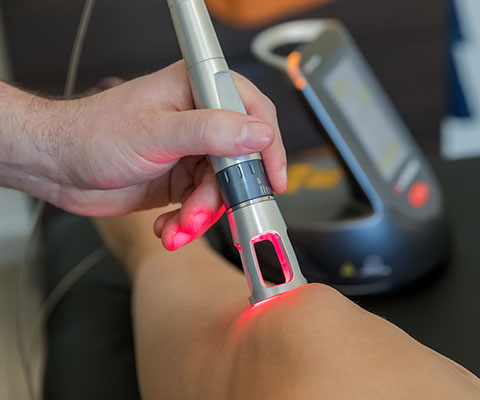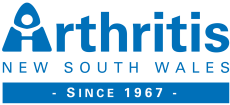 Low level laser therapy (LLLT), also known as ‘cold laser’ therapy or ‘photobiomodulation, is a non-invasive light based treatment that is forthcoming in the variety of alternative treatment options offered for arthritis. LLLT was introduced as an alternative treatment for Rheumatoid Arthritis (RA) and Osteoarthritis (OA) over 10 years ago, but its effectiveness is still controversial. LLLT is starting to be offered more and more by physios and orthopedic surgeons, so in this article, we’ll explore how LLLT works and its potential benefits for managing arthritis symptoms.
Low level laser therapy (LLLT), also known as ‘cold laser’ therapy or ‘photobiomodulation, is a non-invasive light based treatment that is forthcoming in the variety of alternative treatment options offered for arthritis. LLLT was introduced as an alternative treatment for Rheumatoid Arthritis (RA) and Osteoarthritis (OA) over 10 years ago, but its effectiveness is still controversial. LLLT is starting to be offered more and more by physios and orthopedic surgeons, so in this article, we’ll explore how LLLT works and its potential benefits for managing arthritis symptoms.
How does LLLT work?
LLLT uses a low-frequency laser to penetrate the skin and stimulate the cells and tissues underneath. The dosage, length of laser administration time, and wavelength of light are the main treatment parameters set by the practitioner. LLLT treatment is said to primarily affect the activity of the mitochondria in cells which stimulates the production of adenosine-triphosphate (ATP), the molecule that provides the energy to cells to help promote the expression of biological factors that promote healing and reduce inflammation and pain. Much of the research has been based on examining a damaged area, receiving a near-infrared light with a length of 600–1,000 nm and a radiation value of 3–10 J/cm2, but the exact parameters to achieve a therapeutic benefit are still undetermined.
LLLT is believed to work by:
1. Reducing inflammation: LLLT is thought to reduce inflammation by inhibiting the production of pro-inflammatory molecules, such as cytokines, and promoting the release of anti-inflammatory molecules similar to the way NSAID’s work.
2. Stimulating cell growth and repair: LLLT has shown it has been able to induce fibroblast production, stimulate the production of new blood cells, and enhance collagen release which suggests it may be able to reduce the degradation of the collagen tissue and help in the healing process and pain relief.
3. Endogenous opioid neurotransmitter production: LLLT may help reduce pain by blocking pain signals from the affected tissues and stimulating the production of endorphins, the body’s natural painkillers.
What are the potential benefits of LLLT for arthritis?
LLLT may offer several potential benefits for managing arthritis symptoms, including:
- Pain relief: LLLT has been shown to reduce pain in people with various types of arthritis, more specifically osteoarthritis, rheumatoid arthritis, and psoriatic arthritis. It may be particularly effective in reducing joint pain and stiffness, as well as muscle pain and tension.
- Improved joint function: LLLT may help improve joint mobility and function by reducing inflammation and promoting healing of the affected tissues. This can lead to increased range of motion and improved ability to perform daily activities.
- Reduced medication use: LLLT may help reduce the need for pain medication and other treatments for arthritis. This can have side effects and risks so always speak to your doctor or primary health care physician.
- Non-invasive and safe: LLLT is a non-invasive treatment that is generally considered safe when performed by a licensed and trained practitioner. It has few side effects and does not require any incisions or anaesthesia.
So far, there have been 7 trials that have looked at the effectiveness of laser therapy among people with knee Osteoarthritis and have demonstrated clinically meaningful benefits in short term pain relief (up to 3 weeks). The quality of these trials were very low, so there are some limitations to be aware. Some other studies, have shown that laser therapy worked, just as well as the ‘placebo’ laser therapy administered and been able to improve range of motion, function, swelling and grip strength. The underlying mechanisms of LLLT are not well understood with as a consequence a largely empirical studies and challenges around determining the appropriate parameters before each treatment session.
Whilst LLLT is not a cure for arthritis, it could be used as a complementary or alternative therapy alongside other treatments such as medication, physical therapy, and lifestyle modifications. LLLT may not be suitable for everyone, if you are considering this treatment option, it is important to talk to a doctor or licensed practitioner, there may be other factors you need to consider before starting treatment.
To hear more about LLLT and the alternative therapies as options for treatments, come along to our webinar on the 9 May 2023 at 10.30am. You can register on the website or watch the recording.
